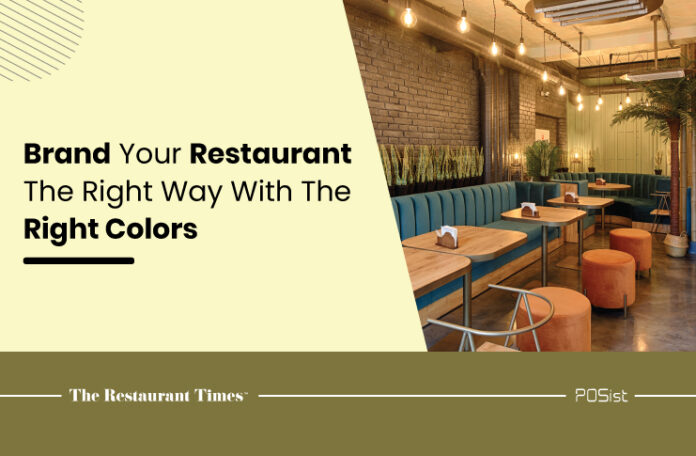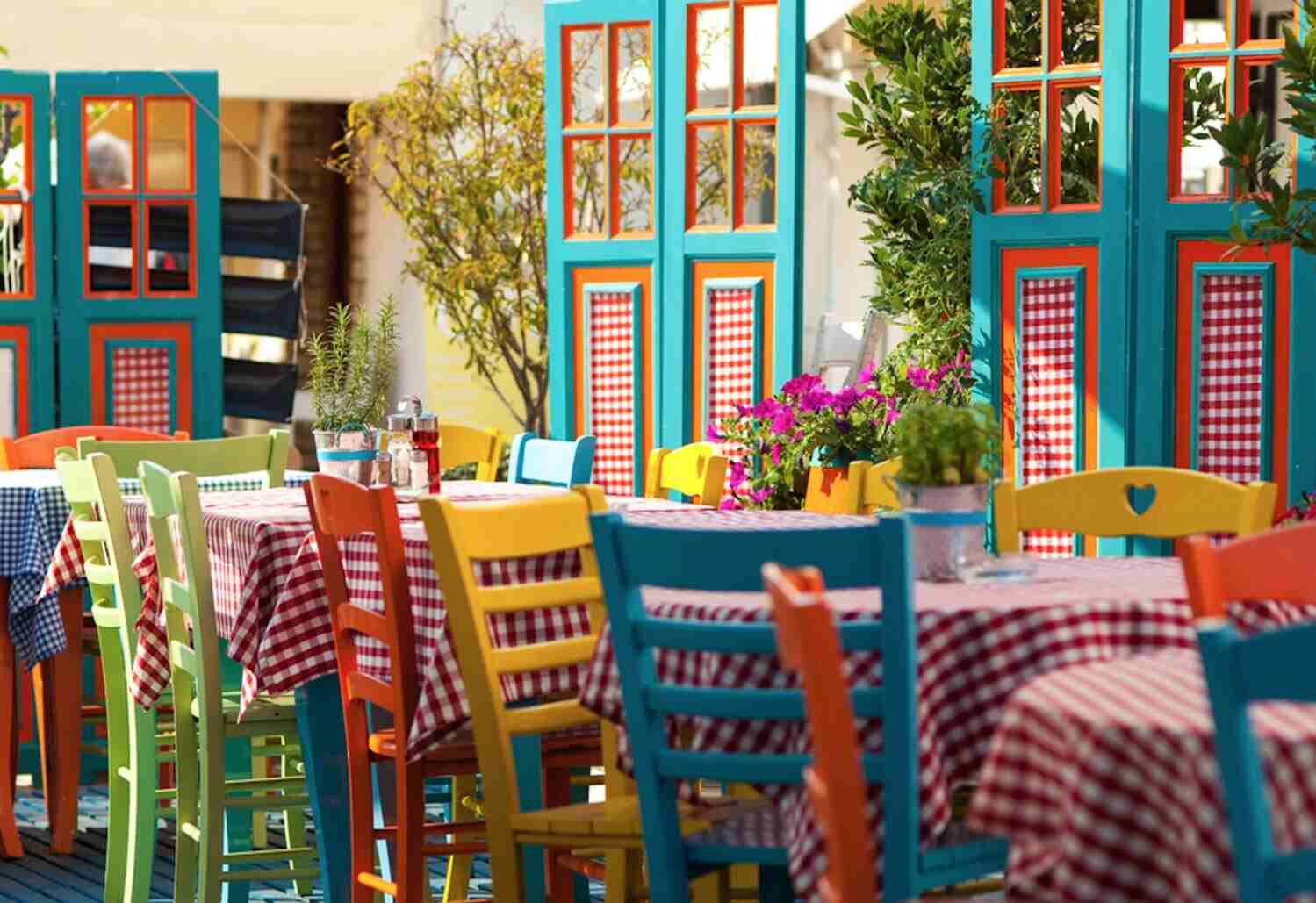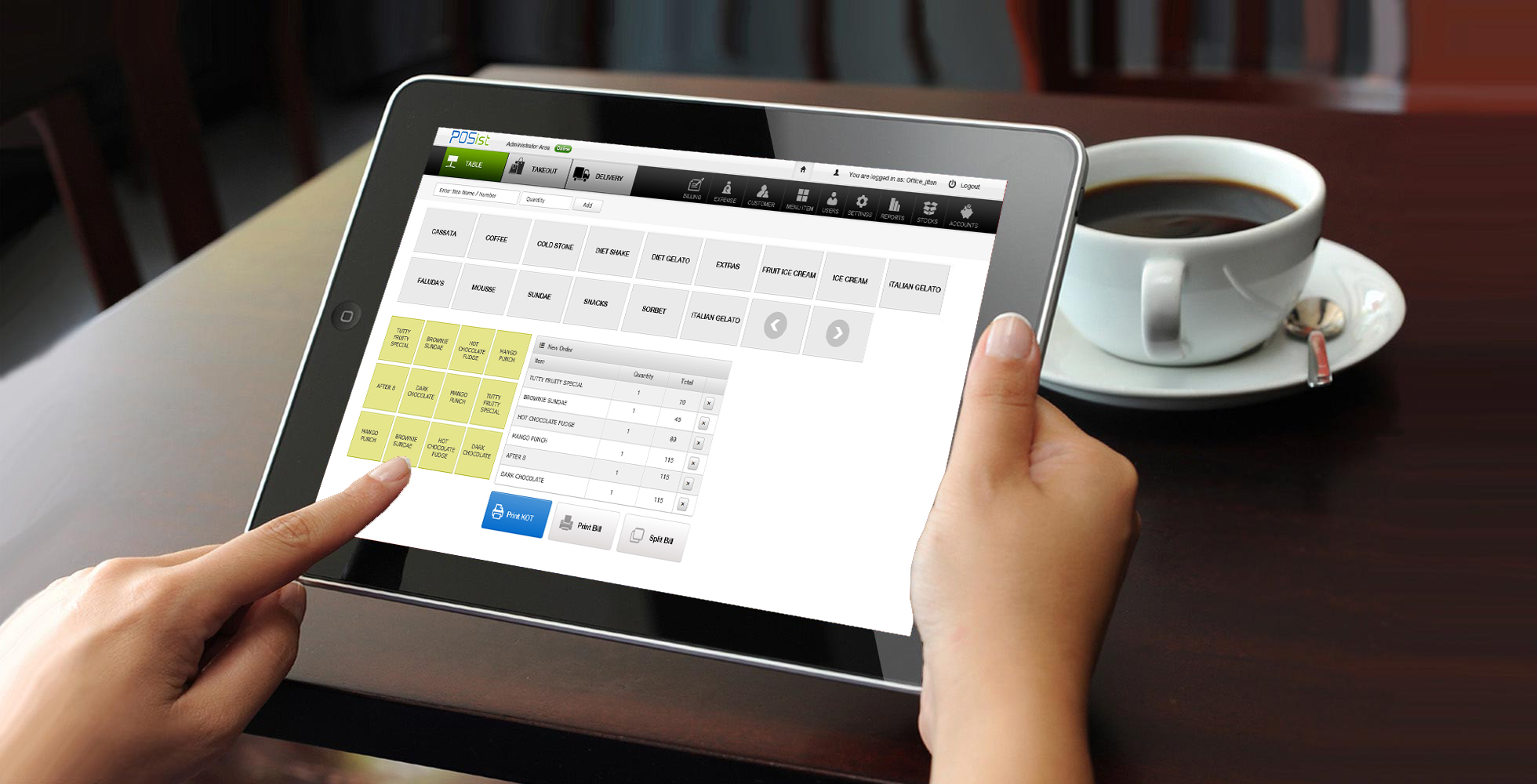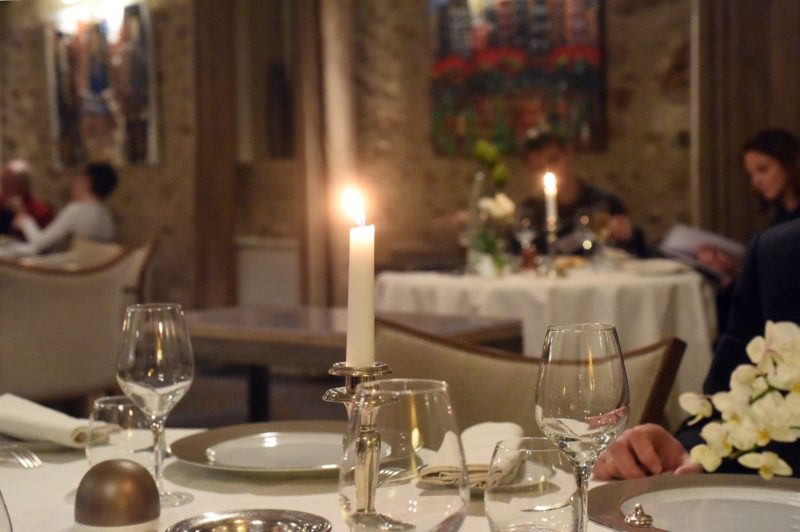The restaurant sector is busy and competitive. To stand out from the crowd, driving customer experience is vital for restaurants. In turn, this requires developing a distinct brand image. Your restaurant branding communicates who you are and what to anticipate from you, from your marketing to your menu to your main meals. The food’s flavour, the staff’s demeanour, and the decor’s style must all come together to produce something unforgettable.
Restaurant interior design is a science that seeks to appeal to the diner’s five senses. Successful restaurants develop and construct a precisely crafted experience around their target audience because they know exactly who they are. The colours you choose to design your foodservice facility have a significant influence on your customer’s perceptions, how long they stay, and how they feel.
Colours have many more implications than just beauty and have psychological effects on people. They can make your customers happy, stimulate their appetites, improve table turnover, and make your dining room appear larger. However, if not chosen correctly, they can have a negative impact on your customers, therefore it’s crucial to understand how your restaurant’s interior colour selections impact its messaging.
Customers will be attracted to your business if you use the right colours, textures, lighting, and other factors. We are here to guide you through the colour scheme to choose for your restaurant as it represents your restaurant.
Choosing The Right Colors For Restaurant Branding
This article will take you through the colours that suit your restaurant the best, the psychology behind choosing specific colours, and what more you can add to your restaurant to attract more customers.
1. The Psychology Behind Colors
When you want to bring more people to your restaurant, you must first tap into colour psychology and understand what different colour combinations convey. Different colours have varied effects on your customers, they are effective tools for changing how people behave in your restaurant. It also implies that you should not pick colours for your walls and decorations at random, and you’ll have to think ‘big picture’ while deciding on a colour plan for your restaurant.
As a restaurant owner, you must know how to combine colours and how to create an appealing colour scheme for your restaurant. A bright colour scheme is frequently employed to make a tiny space appear larger than it is. Light hues also create a leisurely and peaceful ambience, making them a great choice for upmarket restaurants and bistros.
However, because of the casual and welcoming aspect of this colour scheme, it is not recommended for restaurants with a high turnover rate. The colour wheel can be split into three parts in restaurant interior design based on its influence on appetite: Strong Stimulants, Mild Stimulants, and Suppressants.
Strong Stimulants
If you see that every restaurant uses red in some shape or shade in their design plan, it’s not by mistake. It’s common knowledge that red is the most effective hue for increasing hunger. Similarly, the colour orange increases mental activity which reminds customers of healthy foods and makes them comfortable in their environment. Yellow is associated with happiness and energetic vibes which can benefit the restaurant.
Mild Stimulants
Mild stimulants are colours like green, turquoise, etc. Generally, people associate green with leaves and healthy eating, including dishes like salads, green smoothies, etc. Green denotes plants that are edible, non-toxic, and non-poisonous. However, unlike most bright berries, which give a burst of energy, these plants are just fibrous.
If you are opening a restaurant that offers healthy food, branding it by incorporating greens into your interior or the furniture or if you are a food truck that opens early in the morning, green logos and a green exterior will be the ideal option to attract more customers.
Suppressants
Finally, the colours black, brown, purple, and blue decrease hunger. This is due to the fact that these hues don’t exist in nature and not in the form of food. Blues aren’t commonly used at restaurants since they don’t make people hungry, but rather thirsty. However, blues have been found to work in seafood-focused or nautically themed eateries. They’re usually quite subdued and paired with a lot of neutrals, such as light beiges and whites.
If you are opening a bar or a nightclub, then these colours can benefit you as customers want a dark and cold environment in a club but when it comes to a regular restaurant, these colours don’t go with the mood that your customers might want.
2. Menu Color Schemes
Your restaurant’s décor is not the only place where colour selection is important. The colours on your menu also influence customer behaviour. As a result, when designing a menu for your restaurant, be mindful of the colours you choose and how they interact with your guests, influencing their appetite and selections.
Apply the same criteria to menu colours as you do to interior design. Depending on the idea and design of your restaurant, you should avoid artificial colours like blue and purple and instead choose bright and vivid colours like red and orange.
3. Impact Of Add Ons On Restaurant Branding
Adding texture to your restaurant’s design will assist in creating a warm and inviting atmosphere for guests. For example, diners will likely enjoy a calm, inviting environment created by soft grey walls, combined with polished dark wood furniture and glass sconces, or earthy browns paired with copper metal tabletops and green velvet seats. Try incorporating features like serenity fountains, aquariums, fires, which provide sound and movement to provide guests with a pleasant, unique experience and give an aesthetic appeal.
The colour palette you choose for your restaurant has a huge impact on your customers, so choosing a restaurant colour plan is crucial. Consider what sort of experience you want your guests to have at your restaurant while choosing the right colour palette. However, whatever colours you choose in your business, make sure they are appropriate for the situation.
Finally, choose colour combinations that aren’t too fashionable or cool, since they can become old with time. Understanding the fundamentals can help your new business build a great brand straight away. If you’re not sure which colours best represent your restaurant’s identity, hiring an interior designer who specializes in restaurants is a good idea.

















